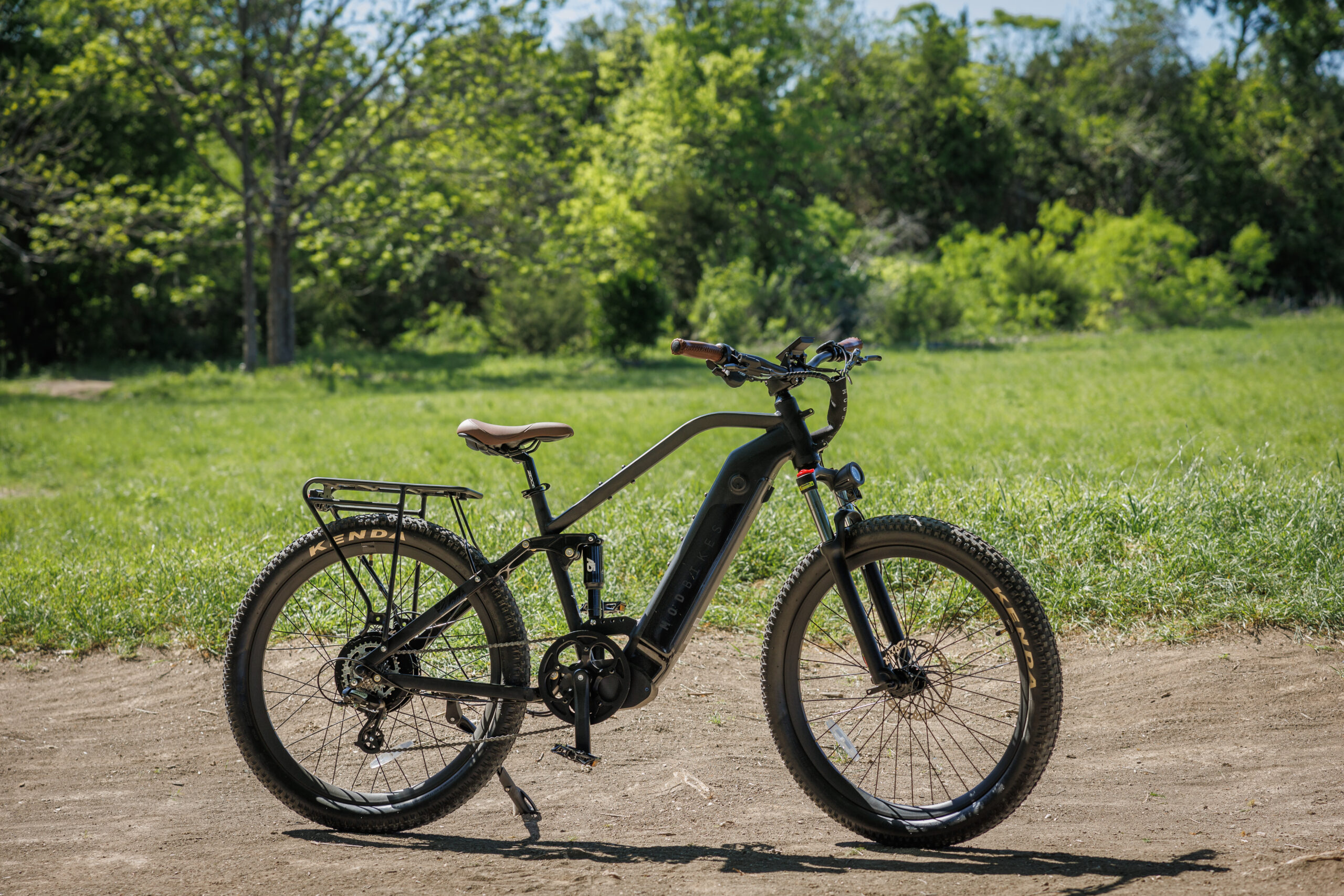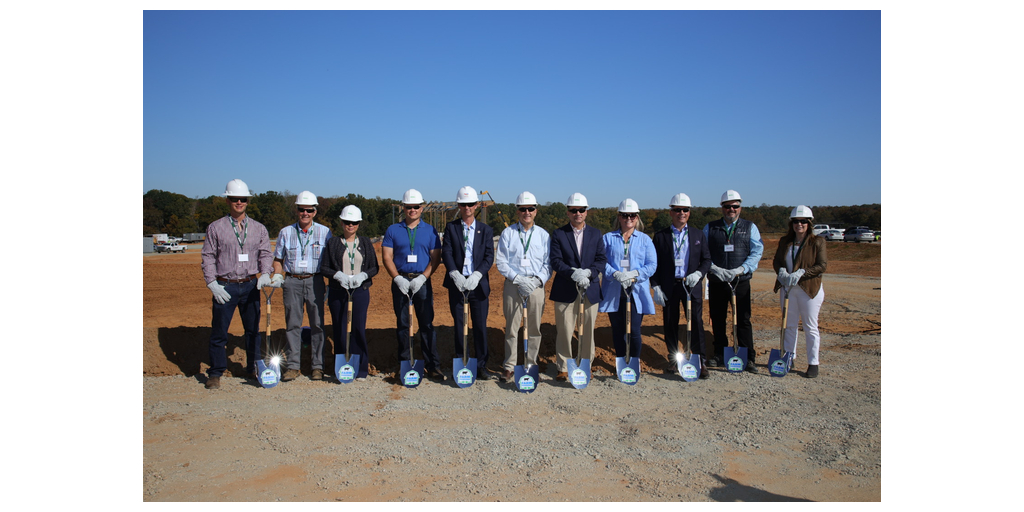Support CleanTechnica’s work through a Substack subscription or on Stripe.
Volvo’s manufacturing plant just outside Charleston, South Carolina, is the company’s first in the US and exclusively produces its fully electric EX90 as well as the Polestar 3. The factory opened in 2015, with Volvo investing $1.3 billion in the plant over the last decade. This week, the company announced plans to add capacity for production of the Volvo XC60 at the plant, with the addition of a “next generation hybrid” to follow by 2030.

Volvo invited CleanTechnica out for the announcement of the plant expansion, where they also introduced an updated 2026 Volvo EX90.
Disclaimer: Volvo paid for the author’s travel and accommodations to attend the event.
Charleston Plant Expansion
The plant was built with an initial capacity plan of 150,000 vehicles per year. Volvo announced it will be adding production of the XC60 at the location. It previously produced a number of other Volvo vehicles, and the addition of XC60 production will make use of existing floor space in the factory.
In the first 8 months of 2025, Volvo sold 27,000 XC60s in the US market. Producing vehicles for the domestic market in South Carolina optimizes Volvo’s logistics footprint, lowering the cost of logistics, reducing emissions, and repurposing existing factory space.

At the event, Volvo also shared that it will be adding production of a next-generation hybrid vehicle that is yet to be announced at the Charleston factory. The company did not share the specific model, the investment they plan to make, or the jobs they expect to create. Volvo did share that production will be online by 2030.
Volvo CEO Håkan Samuelsson said in a media roundtable after the ribbon cutting that the next-generation hybrid would be a range-extended electric vehicle. “The second generation, which we’re talking about now, we see more as an electric car. It behaves like an electric car when you drive it. Very fast acceleration, very agile and quiet, but it has an onboard charger to extend the range,” Samuelsson said.

“It’s more of an electric car with a backup engine than the first generation which is a combustion car with batteries.” This is significant because even though the vehicle will be able to use both electricity and gas as fuel, it will rely solely on the electric motor for propulsion.
From the press release announcing the factory expansion, Volvo said that, “This new model is designed to meet the specific demands of the US market, in line with Volvo Cars’ increased focus on ensuring each region has the products it needs to meet customer demands.”
This will get customers familiar with driving an electric vehicle and means the vehicle will run as a true zero-emission vehicle until the initial charge of the battery is depleted. It also reinforces Volvo’s strong commitment to producing and selling as many zero-emission vehicles as possible as the US federal government continues to undermine EVs. It’s also much easier to ditch the range extender on a vehicle that’s designed as an electric vehicle first.
EX90 Upgrades
Volvo used the event to highlight updates to the 2026 Volvo EX90, including an upgrade to 800-volt battery architecture and an updated core computer. Volvo will upgrade the main Nvidia Orin-base system-on-chip processor to Nvidia’s latest Drive ATX platform.

Moving to 800 volt battery architecture means faster charging and an even quicker 0 to 60 times for Volvo’s flagship EV. It is a major step forward for Volvo and the EX90 and allows them to take advantage of the host of benefits coming from the higher voltage, not least of which is using less copper in the high-voltage system throughout the vehicle.
On the customer front, an 800-volt architecture means faster charging on the increasing number of 800-volt and 1000-volt public fast chargers.
The core computer upgrade is even more impactful as Volvo continues to leverage onboard compute to usher in a new age of safety. The EX90 is getting two processing upgrades at once for 2026.
First off, the processor is being upgraded to Nvidia’s latest Drive ATX system-on-chip processor. That keeps it current and adds processing capacity. Volvo is doubling down on the software-based vehicle by adding a second, redundant chip to the vehicle. The result is a more than doubling in compute power in the car, with an expected processing capacity of 500 TOPS.

The new computer isn’t for gamers, though this system will far outperform most gaming rigs. Volvo is putting the extra processing capacity to use to make its vehicles safer. We talked with Volvo Chief Technology Officer and Chief Engineering Officer Anders Bell about the upgrade and he shared that Volvo is putting the compute to use by building out a modular, vertical ADAS stack.
This has directly enabled Volvo to add new ADAS features, like emergency stop assist, which monitors driver attention and after a number of alerts can safely pull over on the side of the road. They are also adding an automatic e-call feature that can call the authorities in the event of no response from the driver.
It’s exciting to see Volvo continuing to push the envelope on safety as it doubles down on its investment in manufacturing operations in the US. The company is already starting to tease the big reveal of its next fully electric model, the EX60, coming on January 21, 2026. Volvo’s executives are clearly excited about showing it off to the world, and there’s the possibility of a completely new modular architecture being introduced alongside it.
 Sign up for CleanTechnica’s Weekly Substack for Zach and Scott’s in-depth analyses and high level summaries, sign up for our daily newsletter, and follow us on Google News!
Sign up for CleanTechnica’s Weekly Substack for Zach and Scott’s in-depth analyses and high level summaries, sign up for our daily newsletter, and follow us on Google News!
Have a tip for CleanTechnica? Want to advertise? Want to suggest a guest for our CleanTech Talk podcast? Contact us here.
Sign up for our daily newsletter for 15 new cleantech stories a day. Or sign up for our weekly one on top stories of the week if daily is too frequent.
CleanTechnica uses affiliate links. See our policy here.
CleanTechnica’s Comment Policy





